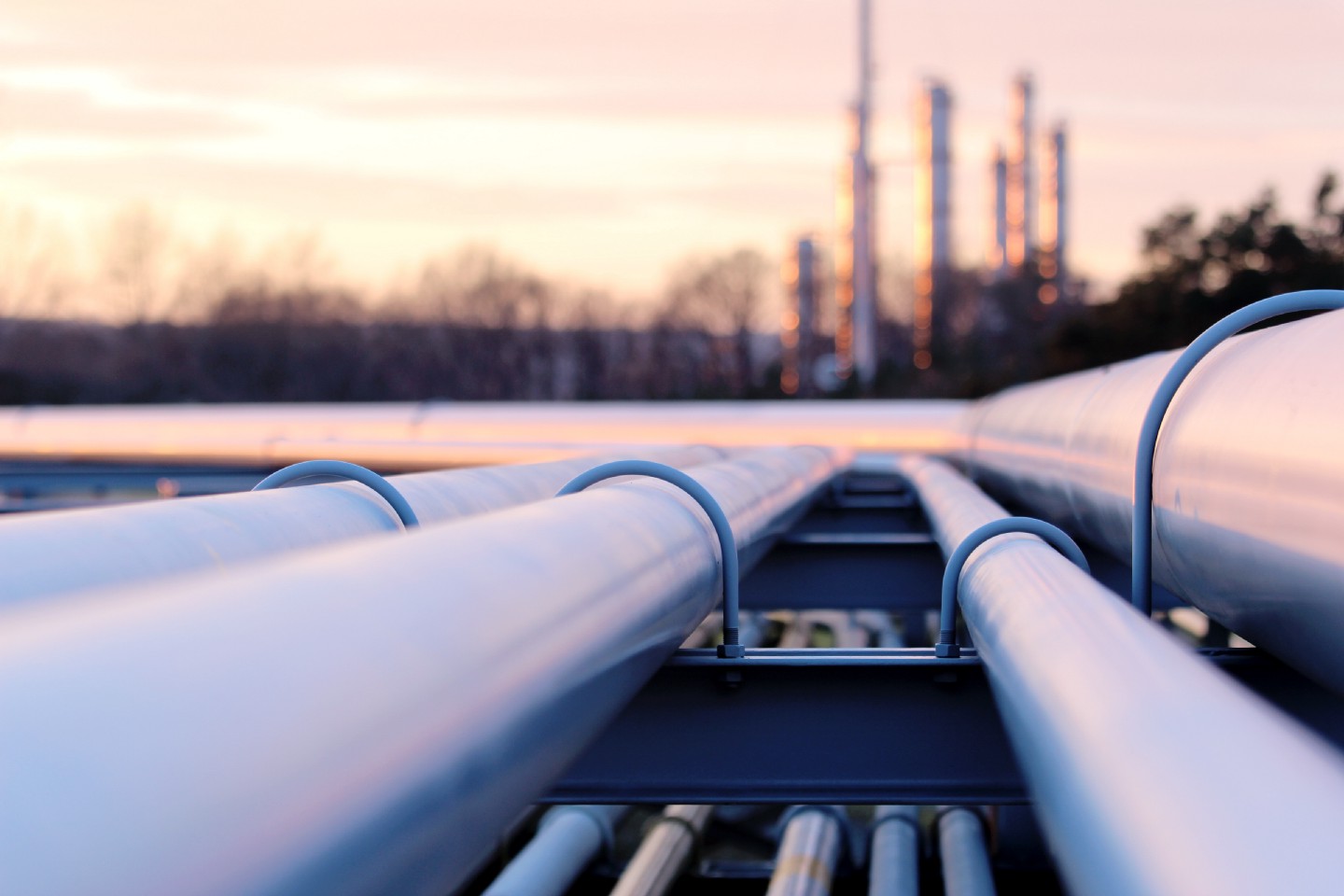Kayrros satellite surveillance shows that production has fully resumed at the Bai Hassan field in Iraq. The field is part of a complex of oilfields in Northern Iraq that were shut down mid-October 2017 after the Kurdistan Regional Government (KRG) unilaterally voted for independence from Baghdad, causing Iraqi troops to move in on the oil-rich Kirkuk area under its control. While there were reports of the field resuming production at the end of June, Kayrros satellite surveillance shows it did not achieve normal operations until 1 July 2018.
The disruptions at the Bai Hassan field accounted for most of the lost barrels in Iraq’s Kirkuk producing region as monitored by Kayrros. Now that the fields are returning to normal operation, that loss, which had already been offset by higher output from the south of Iraq, should drop drastically. The recovery will likely enable Baghdad to participate in the supply hike agreed by OPEC in June, offsetting any lost Iranian barrels as may result from Washington’s recent move to leave the nuclear deal between Iran and the so-called P5+1 and reimpose oil sanctions on Tehran.
Production at the field under KRG management averaged 115 kb/d in 2016, a time when tensions in the region ran particularly high. The Kurdish Peshmerga forces had to stop the ISIS insurgency from taking control of the field or setting it ablaze again, which hampered production. Fighting around the field restricted the flow of oil, making it difficult for the KRG to maintain pipeline access.
Bai Hassan previously produced at a maximum historical value around 198 kb/d in 2013, before the conflict with ISIS engulfed the region. The latter’s occupation of neighboring Syria and parts of Northwest Iraq created a constant source of struggle for the KRG, leading to disruptions and reduced productivity. When militants attacked the field in 2014, production dropped to only 28 kb/d that year.
Bai Hassan came back under control of the Iraqi government on 17 October 2017 when the national army seized the oil fields, shortly after the Kurdish referendum for independence.
OPEC Deal
The restart of activity coincided with the Iraqi Prime Minister’s recent announcement that the country would participate in OPEC’s plan to boost output starting in July 2018. The June 22 agreement did not spell out the volume of the production increase, speaking only of a return to “conformity” with the previously agreed ceiling. Participating countries had overshot that target by approximately 1 million barrels a day, and in media comments the Saudi oil minister suggested OPEC would aim to lift supply by such an amount.
Iraq was exempt from its pledge to curtail production under the previous OPEC deal, due to the massive fiscal pressure felt during the war with ISIS and the looming infrastructure projects that will be required in post-war reconstruction. The recovery at Bai Hassan should help provide increased revenue, make up for lost production in Iran, and meet the new OPEC production quota outlined on 22 June 2018.
Operations were also halted mid-October at the neighboring Kirkuk Avana field, before resuming production on March 11. Iraqi and BP officials signed an agreement in January 2018 to help boost production from Kirkuk Area fields.
The deal will see BP increase the output capacity of the six fields in the Kirkuk region to a target of more than 1 million barrels per day overall, three times current capacity.
Kayrros has been using satellite technology to monitor field production and detect disruptions at and around Bai Hassan. By tracking production, the total output of the field can be contrasted with disruptions to determine the effects of geopolitical events on supply, storage, and exports, which in turn affects global markets. Kayrros methods allow for real-time analysis of both historical data and current operations to track the developments in real time.
Kirkuk-Ceyhan Pipeline
Iraqi officials also announced that U.S. sanctions will not affect the Iraq-Iran swap deal.
In early December of last year, Iraq and Iran came to an agreement to ship crude from the Kirkuk fields to Iran for use in their refineries, in exchange for refined products to be delivered by Iran at Iraq’s southern ports.
The deal has proved tricky to implement, with several false starts.
While the negotiations to reopen the Kirkuk-Ceyhan pipeline are still on-going, adding Bai Hassan output to the crude to be supplied by Iraq to Iran under the swap agreement could meet Tehran demands that its value be increased by nearly 10 times the current level.

